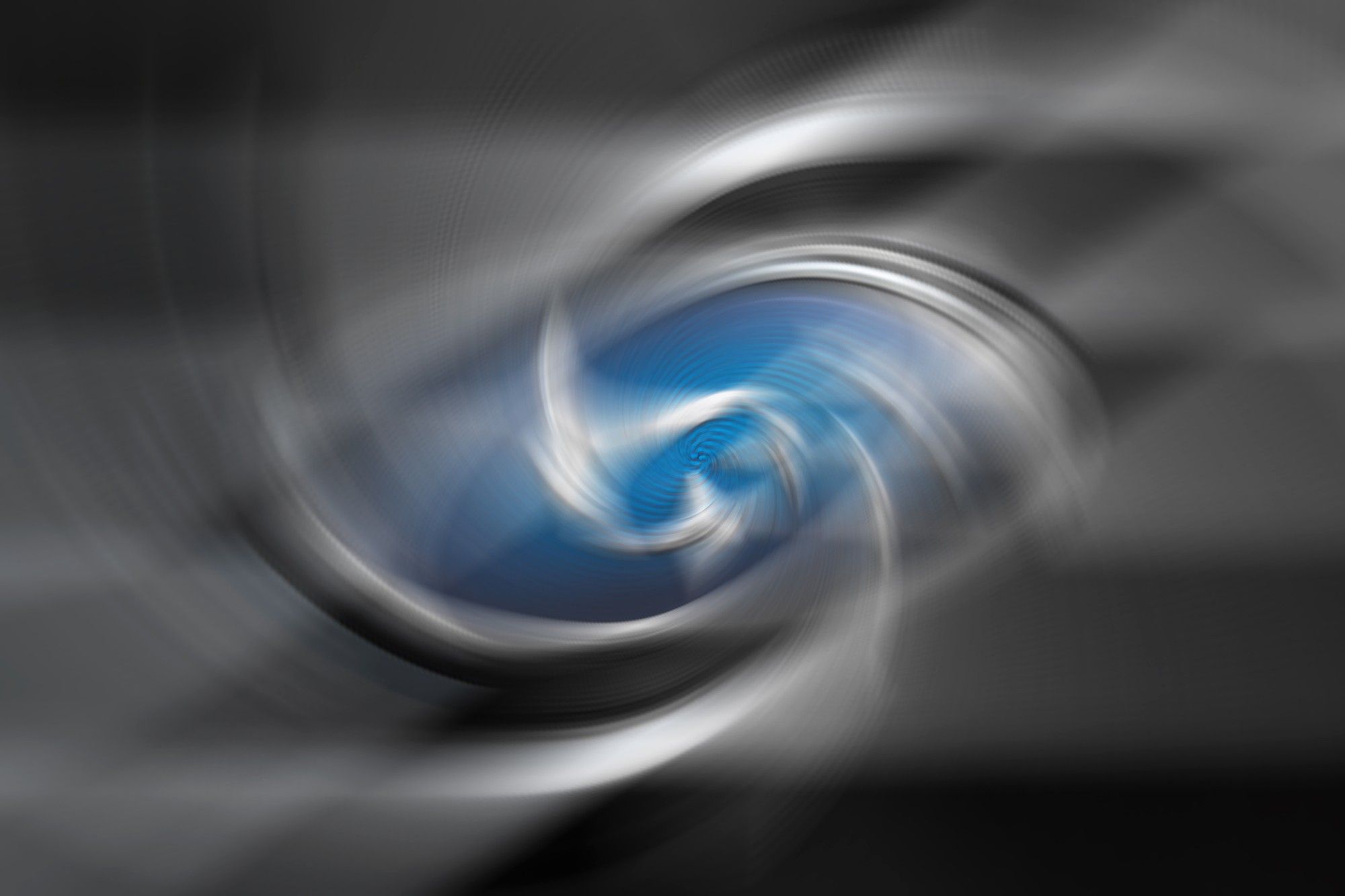“The lead plaintiffs, all current and former Subaru owners, say that EyeSight technology suffers from a number of dangerous
vehicle safety defects. These defects allegedly cause the lane assist function in Subarus to engage without reason, as well as the automatic braking system. Their class action lawsuit contends that the carmaker knew of these defects, but still sold the cars, touting their safety and reliability. “
Consumers say that Subaru vehicles equipped with EyeSight technology pose serious problems in a nationwide class action lawsuit.

topclassactions.com
Oh Subaru system is so prefect, not.
Just like you told me if something works for you doesn’t mean it works for everyone, right?
I wish most of you stop repeating ignorant statements about others got it working and Tesla don’t. Which is not true at all. If you do more research everyone has some way or another glitches and problems in Driving Assistance systems. So Tesla is no different in that regard but at least thanks to FSD beta they are working on it and constantly improving the reliability of such system.



